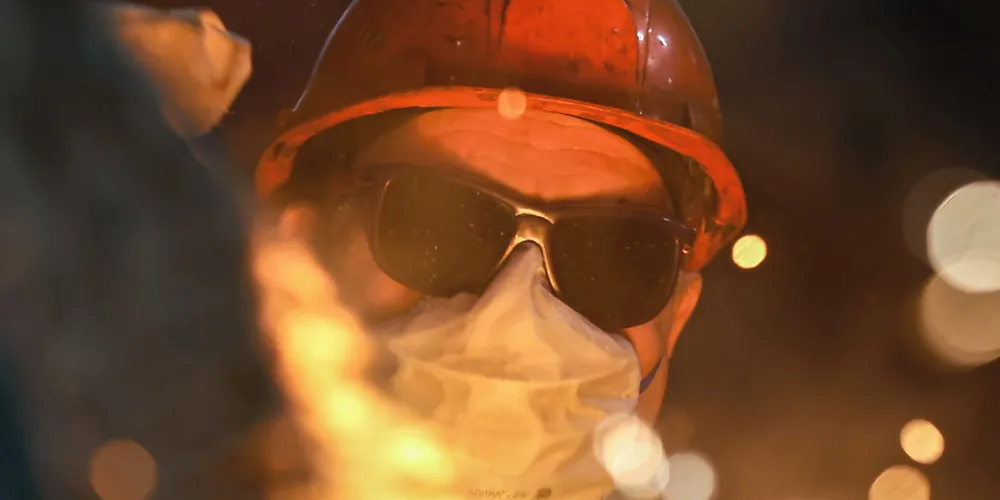Green steel group plans giant electrolyser array in France for hydrogen-derived 'direct reduced iron'
Plug Power, Engie New Ventures among founding shareholders of GravitHy scheme to build French plant that will use nuclear and renewables for H2-backed green steel

A high-powered consortium of steel buyers, hydrogen developers and an EU-funded innovation hub have teamed up to plough an expected €2.2bn ($2.3bn) into a new scheme that will see one of Europe’s largest electrolyser arrays installed for the production of H2-derived direct reduced iron (DRI) for green steel manufacture.
The GravitHy consortium, launched today (Thursday), plans to build its first DRI plant in Fos sur Mer, southern France, in 2027, producing 2 million tonnes per year of the hydrogen-reduced iron for use in green steel manufacture on-site, or for export as hot-briquetted iron (HBI).
The six founding shareholders, EIT InnoEnergy, an offshoot of the EU-funded European Institute of Innovation and Technology, US electrolyser manufacturer Plug Power, UK steel plant developer Primetals and a trio of French companies - energy company Engie New Ventures, automotive technology firm Forvia and real estate developer Groupe IDEC – hope to begin construction on the plant in 2024.
Hydrogen-derived DRI is a key component of the green steel value chain and could play a major role in slashing emissions from the steel and iron sector, which currently account for 7.2% of the world’s total. As part of this process, hydrogen replaces coal or natural gas as a reducing agent for iron ore, removing oxygen to create DRI or sponge iron, which can then be used to make steel.
This would resolve the thorny question of how to economically and safely transport hydrogen to steel mills equipped to make DRI, but raises a further issue of transporting DRI, which is highly prone to re-oxidisation and needs to be kept under a blanket of a so-called “inert gas”, most likely nitrogen.
The GravitHy consortium’s solution is to compress DRI it is not using on-site into HBIs as the compacted briquettes have less surface area exposed and so are more stable and more suitable for export.
(Copyright)